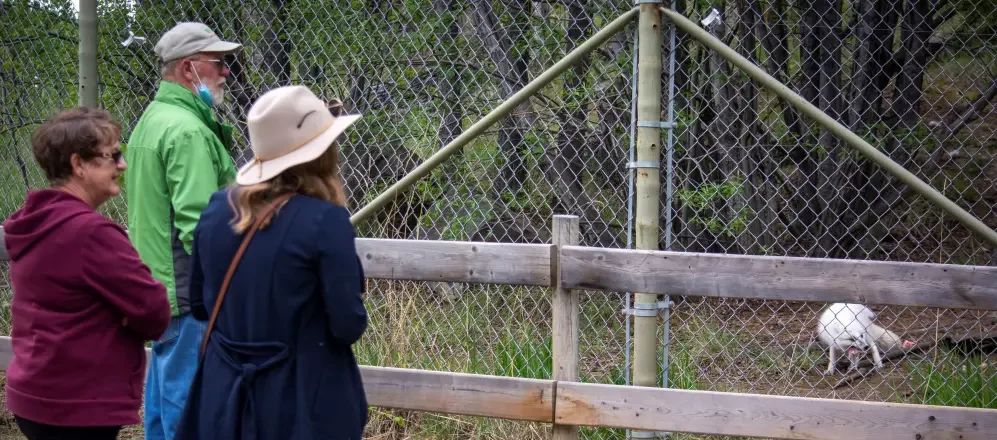
Faces of the Preserve: Doug
It takes passion and love for Yukon’s wild spaces and the wildlife that inhabit it, to support the Yukon Wildlife Preserve – a non-profit organization dedicated to the education and protection of Yukon’s natural spaces.
Meet our Wildlife Interpreter Doug! Here he shares his unique and fascinating life story that led him to not only to the Yukon but eventually to the Wildlife Preserve.
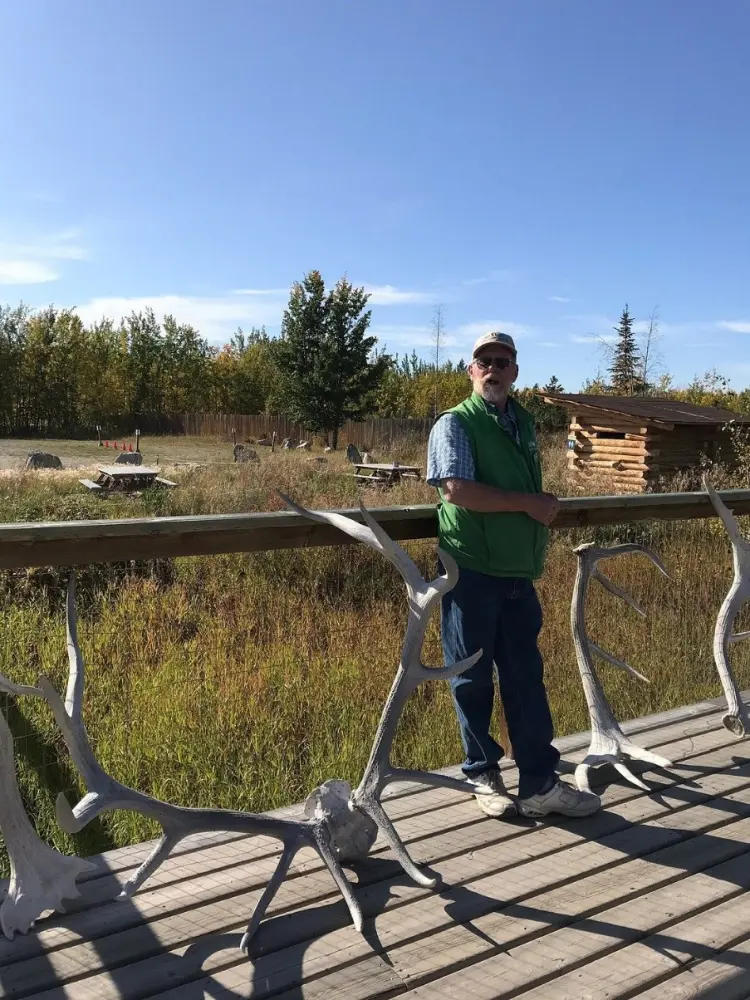
“I was born in Victoria, BC in the mid 50’s and am the eldest of four children. Mom said I was born with an extra helping of curiosity. We were the typical nuclear family of the day. Both my parents enjoyed camping and the outdoors, so we did that a lot. I can remember wet, rainy days in a small tent on the beach near Tofino or in one of the provincial parks up island. When I was around seven, we quit the tent and graduated to a small travel trailer for our camping shelter.
We kids explored everything that did not run away as we got closer. Each year we would expand our knowledge of the forest plants and animals, the rocks, waterways and seashore to see what we could collect as we explored and combed the beaches with our shoulders sunburned from squatting in tidal pools observing all the life they contained. Mom was ever diligent to make sure nothing that was dead or could die found its way into the trailer or the back seat of the car. I had to empty my pockets into a plastic pail before I could enter…it was a rule!
One morning, my sister Sharon found a tiny grey kitten snuggled up to the warm rocks of the campfire at Ivy Green Provincial Park. That was the only creature we were ever permitted to take home with us and that cat named Smoky lasted a good long time as I recall, probably because it was spoiled terribly compared to the life of a feral animal trying to make a living in the wilderness.
My siblings and I lived in a time that is far removed from today. Back then flotsam on the beach may have included Japanese fishing floats hand-blown from coarse green glass and wrapped in netting woven from long eel grass. We hunted sand dollars of all colours & sizes (the best ones were at Tribune Bay on Hornby Island), crustacean shells, wave-polished glass and stones, crustaceans and hermit crabs out shopping for a new shell to call home, and the jetsam that washed in on the previous high tides. Each day was fresh and new waiting to be discovered, poked, prodded and inspected.
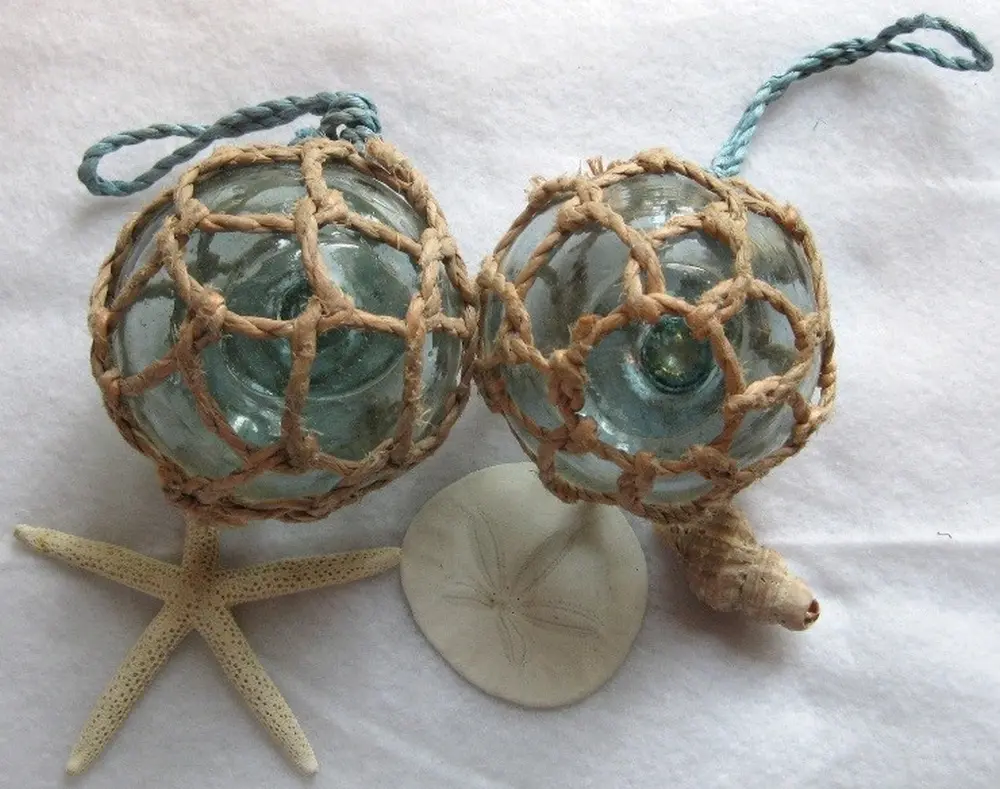
Flotsam on the beach may have included Japanese fishing floats hand-blown from coarse green glass and wrapped in netting woven from long eel grass
Sometimes we would find something that we had seen in a nature book our paternal grandfather had given as a gift, so returning home the book was found and we would learn more about our latest discovery. My grandfather was hopeful that we kids would take an interest in the natural world, and he would buy us books to inspire our curiosity to all facets of the earth and all that crawls on it. He gifted us with the complete Time Life series of the natural world and an annual subscription to National Geographic. I still have those books and I will sometimes open one and be transported back to the big green chair in our living room sitting next to my grandfather’s spirit as I re-read the descriptions of animals or the planet and how it all works as a singular complex biological entity.
My grandfather was a keen and accomplished angler who infected my dad as a kid with the same passion for testing wits with fish. Grandpa and dad passed this affliction to my brothers and I, and we would often be on the Malahat long before the sun came up; my brother Dave and I slept in the back seat while Dad and Uncle John navigated us to that day’s selected fishing spot. The Cowichan, or Englishman’s River, the Oyster and Gold Rivers, Sooke and Campbell River and many others, were flogged with fly patterns and spinners for rainbows, sea-run cutthroat, seasonal salmon and steelhead. Sometimes we drove along an old logging road to get to a special spot my dad fished with grandpa when he was our age.
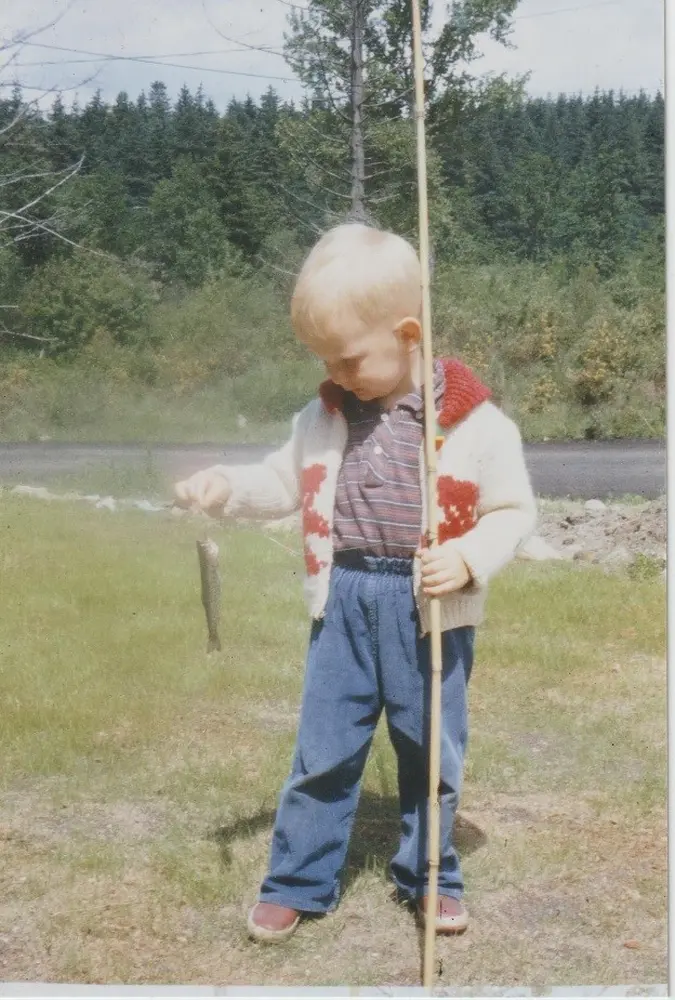
My first fish!
My grandfather was a significant contributor to my perspectives today and I often recall his comments from my childhood when I am telling our visitors about the wildlife here at the Preserve. Back then it was called ecology, today it’s called environmentalism. In each time frame it is still a profound love of our world and all the creatures that live with us.”
When I was twelve the family moved to the mainland and we settled in the cattle farming region of south Surrey. I won’t bore you with my teen years, suffice to say I was right and all those who opposed me were not.
After graduating high school at Lord Tweedsmuir High School in Cloverdale, I worked various jobs in the marine sector from maintenance to a deckhand on a salmon trawler to eventually a trained mechanic with the Mercury Marine in Burnaby, B.C.
“Being a not-so-big-kinda guy I often got the jobs working down in the oily dank and sour bilges and honestly I quickly developed a dislike for that working environment, so I began to learn about navigational gear and other electronics that don’t live in the bilges, rather they cling high up on the masts and elevated superstructures where a skill-testing climb was required. I quit being a bilge rat and became a mast monkey. I spent a few years installing and repairing radio gear, radar systems, and similar equipment in boats, aircraft, cars and trucks.
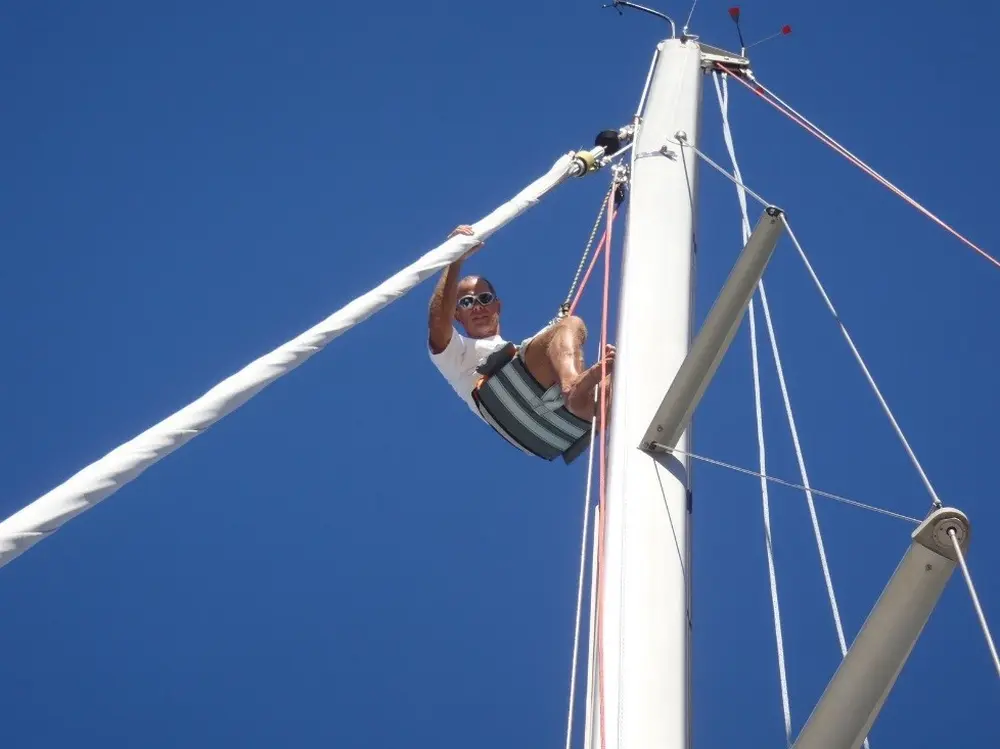
My mast monkey days!
Time passed and I met and married my wife Chris. In the fall of 1976, I was recruited for a job working as a marine mechanic for the National Geographic’s support depot in Perth, Australia. At the same time my dad had a business venture here in Whitehorse he wanted me to work in. Two job offers: One hot – one cold. My mom ended up making the choice for us as she quite passionately said she was not going to sit on an airplane for 15 bloody hours to visit her grandchildren. We moved to Whitehorse.
For our first two years in the Yukon, I spent working to get my dad’s business up and running, then I worked at Sea-Land Recreational fixing boats until I jumped out of one and injured my knee which would require 8 weeks in a cast. Thus began my four year gig at CKRW as an announcer/operator- a DJ in common terms. I loved that job; playing music and informing the audience of the day’s events. But we had another baby on the way which required more income, so without another job waiting, I quit the radio business in 1984 and looked for new employment opportunities which led me to a different kind of radio business.
Next, I accepted a job with Total North Communications which took me to many remote wilderness locations all across the North as we installed remote communications systems for mining camps, exploration ventures, governments, community radio and TV stations, and mountaintop repeater systems which put us right in the middle of the wilderness.
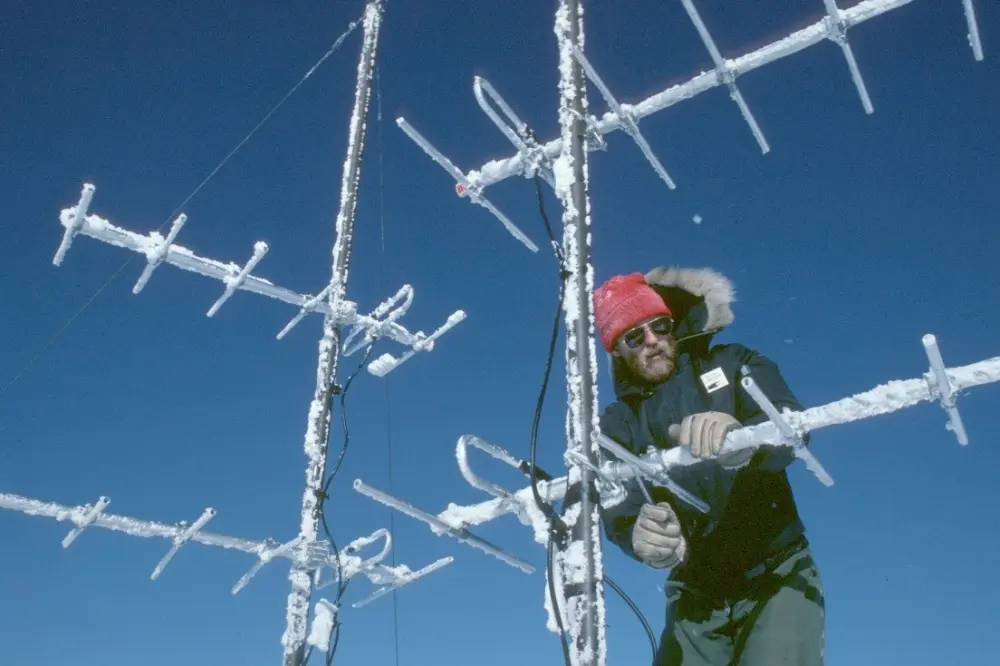
Repraing the Carcross TV system.
I got paid to travel to exotic remote northern places that people pay dearly to visit and experience. While working in the Kluane National Park area on a mountaintop, young Dall sheep would be sniffing in our toolboxes unafraid as we were quite probably the first humans they had ever seen. We watched from the safety of a helicopter as the namesake grizzly of the Golden Bear Mine south of Atlin tore apart a repeater box we thought would be bear-proof…we were wrong. One trip into the far north we had to land the Twin Otter on the frozen tundra, roll a couple fuel drums off the plane and pump the fuel into the plane as a group of caribou watched from some distance. Then we put everything back into the plane and resumed our travel before it got too dark.
Left to right: Refueling the Carcross TV systems on Caribou Mountain; Repeater cornshell Kluane National Park; Installing a repeater near Kluane Lake.
This job took me to some awe-inspiring locations, often where humans had not yet made footprints. I met some truly amazing people and had some adventurous experiences, some of which prompted my wife to beg me to quit field work and find something safer. Hard landing a helicopter is not a crash, but she saw things differently than I, so after the third hard landing I gave up field work and moved upstairs into sales and marketing and got fat.
In 1991 I was hired on with the Yukon Government’s Executive Council Office to work in policy and communications and the next 25 years went by in a blur. In 2016, I retired from my formal working career with the government, but I don’t sit still very well and needed something to do.
After a month of completing chores around the house and finishing the ‘honey-do’ list, Up North Adventures called to ask if I would be interested in piloting their rough water support boat used to ferry canoe tour groups through the rough and dangerous waters of Lake Laberge and a few other Yukon water systems. Additionally, I would guide fishing parties in search of our local fish species. Inspired by working in that wilderness setting once again, I thought I was set for the rest of my working days. I had a portable office that met my needs very well.”
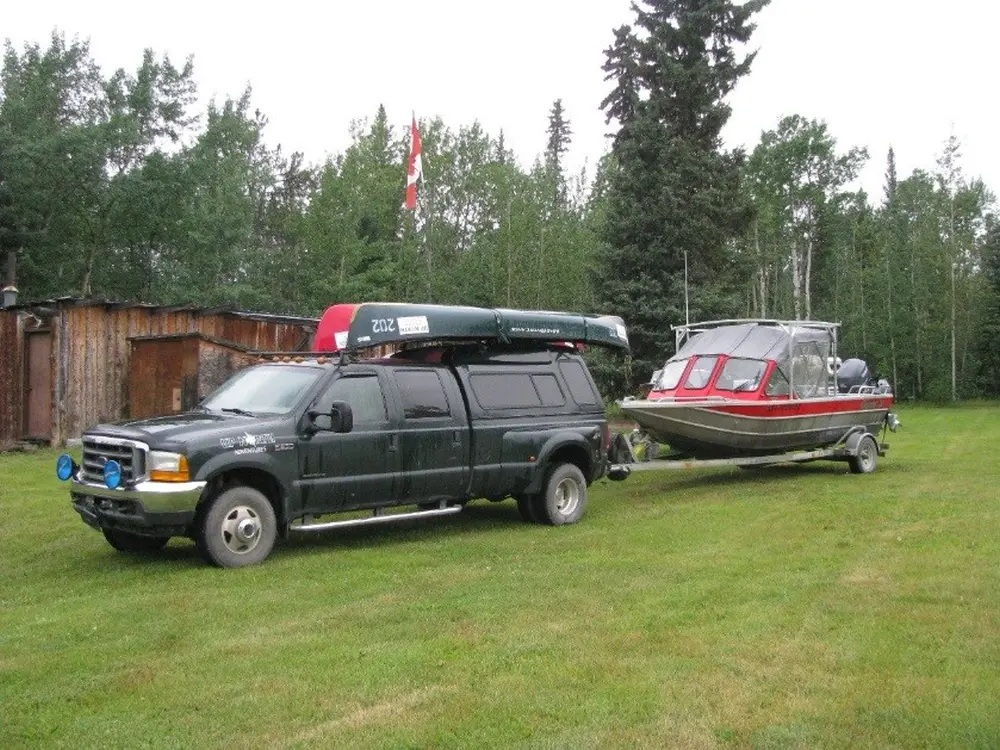
My portable office for a few years!
After an injury however, a change of pace was needed.
“I saw the job posting here at the Preserve and I considered this would be a great place to work based on previous visits with my grandchildren, and the lack of heavy lifting suited me as I hoped to grow gracefully into my autumn years.
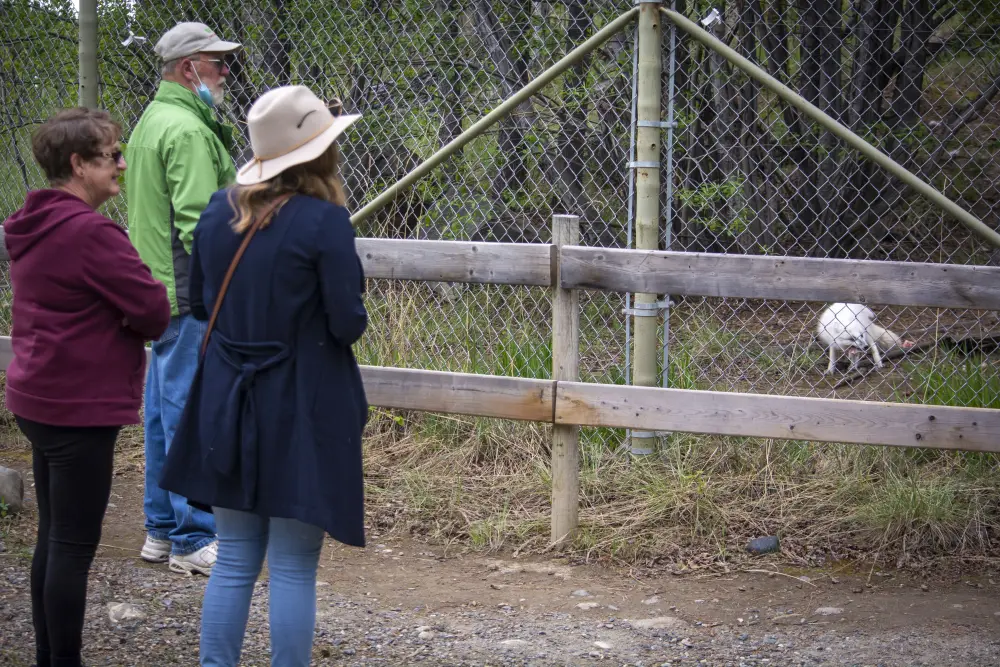
Doug shares stories with guests about the Arctic Fox.
Photo credit: L.Caskenette
When hired and oriented to my new role as a Wildlife Interpreter it took some time for me to become satisfied with the tour presentation I had created. There is so much to share in just the limited hour and a half of a bus tour. Then one day, my memory took me back to one of those chats with my grandfather explaining the world around us and I then knew what my goal here at the Preserve was and I have been refining my tour presentations ever since. I have a presentation now for each season focusing on what the animals are doing at that time in their lives.
I have made it my mission to try and inspire young people to have the same sense of awe and wonder of our natural world as I did when it was explained to me in ways I understood and appreciated. So that’s my focus today – I want to inspire the next generations to love, understand and admire our natural wilderness and the ecology that makes it work.
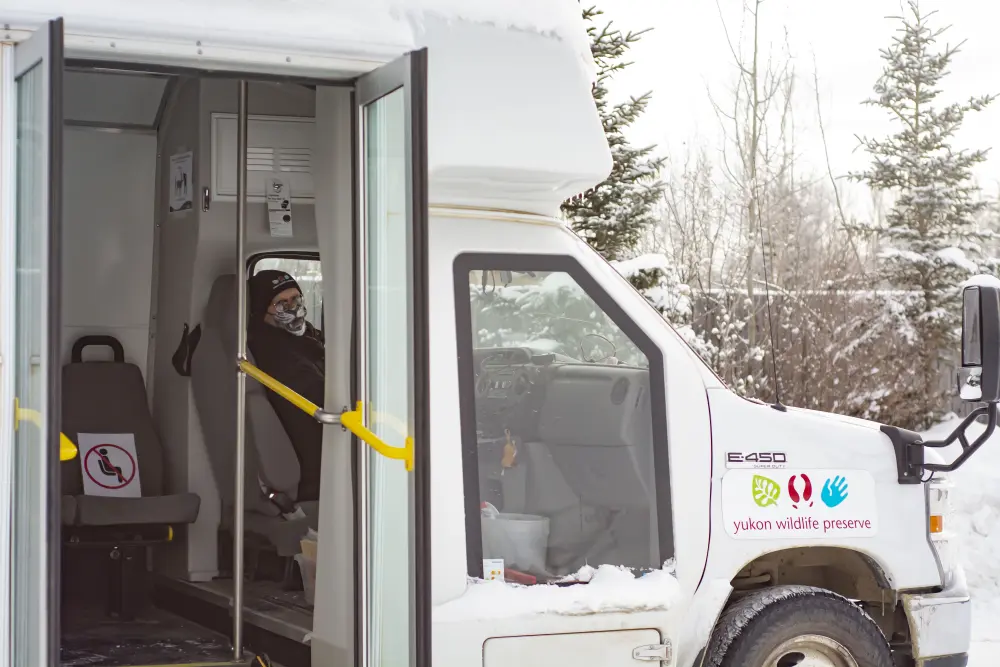
Guided bus tours are offered daily at the Preserve. Book online!
Photo credit: L.Caskenette
Getting to know our visitors is another part of the job I love. Our international visitors are often drawn here by the romantic stories of the Gold Rush and other days gone by in the North. Many of them hope to see the iconic animals of our unspoiled paradise and learn more about them. I am happy to report we often make some long-held wishes come true for these people as they see a real live moose, musk ox, or other favourite creature up close for the first time. Many visitors are already awestruck with the Yukon and have questions about living here and enduring the cold winters, viewing the Aurora and how we cope without all the big-city conveniences they are familiar with. Some of our elderly visitors are transported back to the memories of their childhood when indoor plumbing was a luxury few had in their homes, very few owned automobiles and the technologies of today were promoted in Popular Mechanics.”
Northern and Arctic icons, moose and muskox.
Photo credit: L.Caskenette
Over the past five years, Doug has met quite a number of people from different walks of life, but a few occasions have stuck out to him.
“One was in the winter of 2018 when a couple from Barcelona toured the Preserve. They were the only ones on the bus and it was around 20 below and we had stopped at the muskox platform for a closer look. I told them about the animals and their natural environment and answered their questions. The lady walked closer to the fence and Jesse, one of our cow musk oxen slowly walked through the snow towards her and stopped so they were only about ten feet apart, face to face with just the wire fence between them. They remained silently staring at each other this way for a bit of time until we got back on the bus. Seated behind me, I could hear the couple quietly speaking in Spanish with some very impassioned tones until the lady began to cry softly. Later in the tour she came to me and apologised for being so emotional.
She could not explain why she felt the way she did but was grateful she had connected with the musk ox and how it was meaningful for her and she would remember it always.
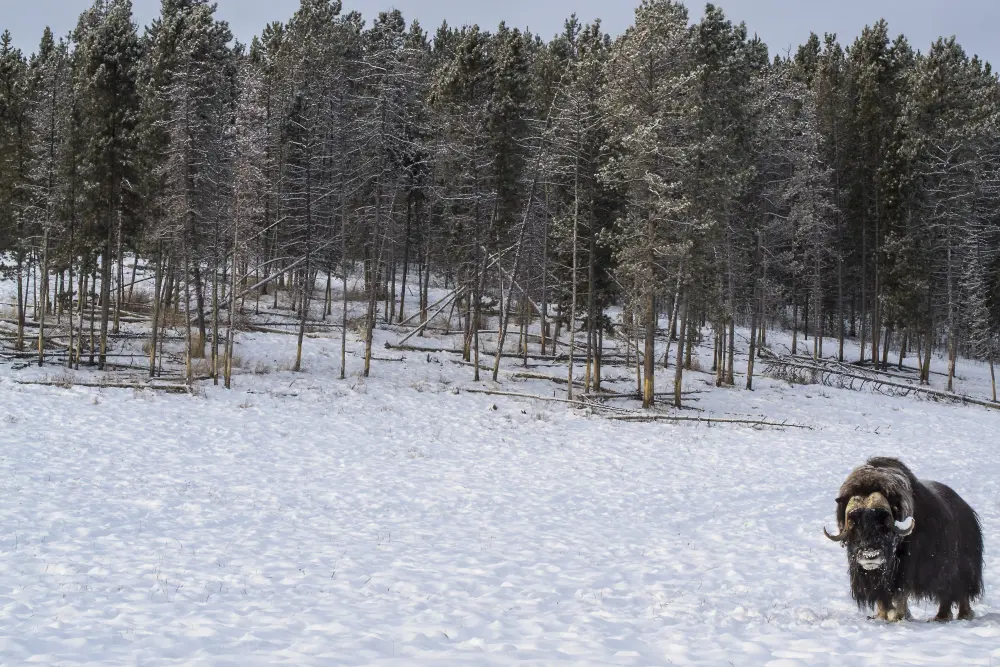
Face to face with Northern wildlife.
Photo credit: L.Caskenette
During my introductory comments on the bus I want people to relax and enjoy themselves and participate rather than just staring out the windows. So as an icebreaker to promote dialog I often point to one of them and ask “What’s your favourite animal in the whole world?” Some need some time to think about it before answering while others answer almost immediately. I have heard everything from horses, dogs and common pets to tarantulas, anacondas, giraffes and polar bears. Animals they adored as kids still have a special appeal for them. It’s that inner-child I want to connect with and helping them to recall being a kid helps to make that happen more easily. I often see the expression on people’s faces that says, “Ask me next!””
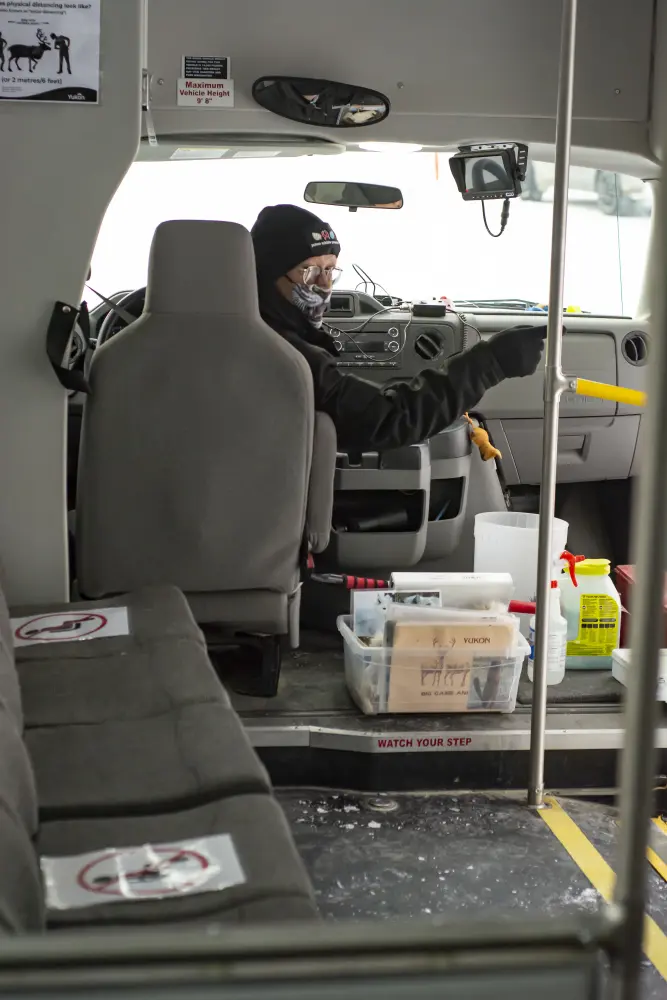
Join Doug for a guided bus tour
Photo credit: L.Caskenette
Doug is one of the integral members of the Yukon Wildlife Preserve and his passion helps to connect visitors to Yukon’s iconic wildlife and the habitat in which they live. Next time you visit, stop in and say hello to Doug or share your own story.
“I have a wonderful opportunity to help our visitors to better understand and appreciate the natural world around us, how it came to be, how it works and how we can help to ensure it continues as it has for millions of years. Kids are keen to know more and I figure if I can help them to understand Nature better, they’ll be inspired to protect it better than previous generations have. As my grandfather demonstrated to me all those years ago, knowledge of our natural world is key to this success. So, I hope I do as good a job with our visitors as he did with me.”
Stories by Doug Caldwell. Read more from Doug. Photos – Doug Caldwell unless otherwise noted.

Doug Caldwell
Wildlife Interpreter
Doug is one of the Interpretive Wildlife Guides here at the Preserve. An avid angler and hunter he has a broad knowledge of Yukon’s wilderness and the creatures that live here. With a focus on the young visitors to the Preserve, Doug takes the extra time to help our guests to better appreciate the many wonders of the animal kingdom here in the Yukon.

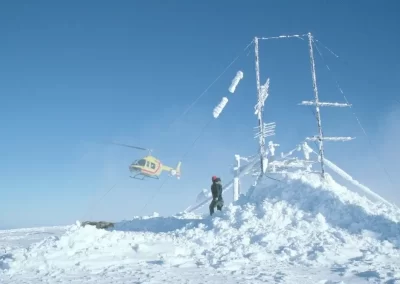
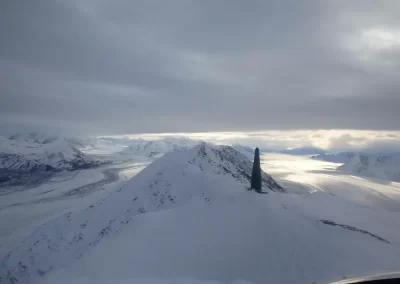
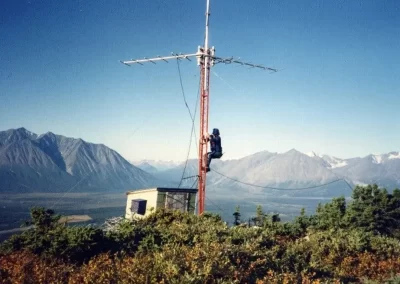
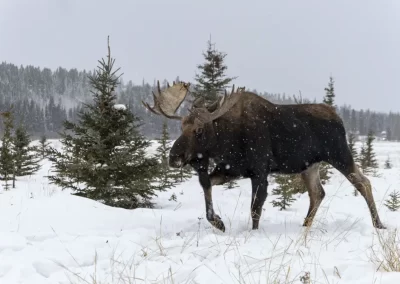
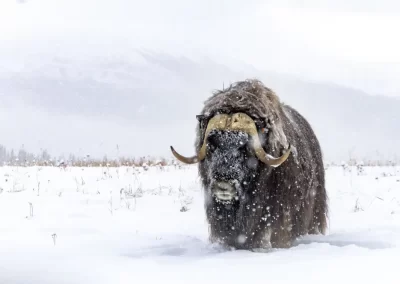
A great story, Doug!